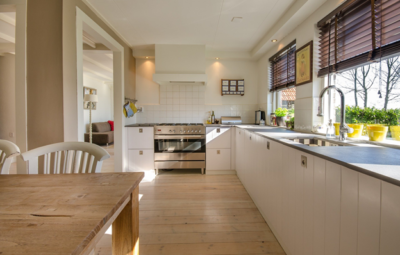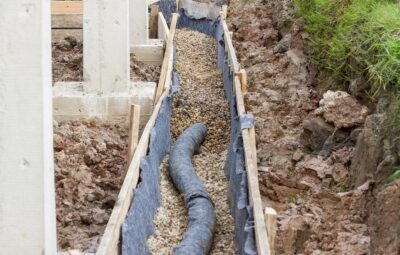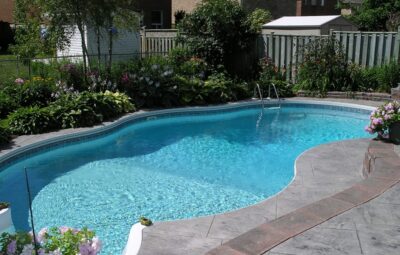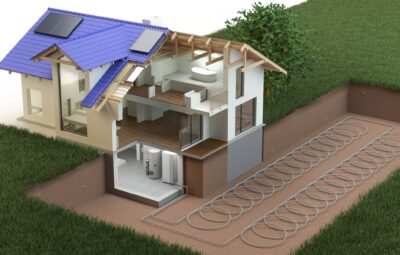For most people, a urinal is simply a functional bathroom fixture – a porcelain bowl attached to a wall that serves a specific and practical purpose. However, urinals have come a long way from the basic utilitarian designs of the past. Today, urinals can be an integral part of creating a stylish, modern bathroom aesthetic. With thoughtful design choices, urinals can be elevated from purely practical to stunning decorative elements.
The Evolution of Urinal Design
Early urinals were fairly rudimentary – often just a bucket or pot placed in a convenient location. The famous porcelain “bowl on the wall” design emerged in the late 1800s, allowing for improved sanitation and ease of cleaning. By the 1920s, aesthetics entered the picture, with colorful and ornate designs becoming popular. However, these ornate urinals were still fairly utilitarian in function.
It wasn’t until the 1950s and 60s that urinal design began to shift towards minimalism and a focus on form as well as function. The clean, simple lines of modernism led to urinals becoming more sculptural and integrated into the overall bathroom aesthetic. Today, urinals come in a huge range of styles, from retro-industrial to ultra-sleek and modern. Specialized art urinals are even eliminating the porcelain bowl shape altogether.
Key Design Elements for Aesthetic Appeal
Several key elements go into making a urinal an impactful design feature rather than just a functional fixture.
Shape
The classic rounded bowl shape is still common, but oval, linear, and completely asymmetrical sculptural shapes are also popular modern options. Unusual shapes like waves or contours can make for an eye-catching urinal.
Size
Oversized and elongated urinals can impart a very different look from the standard compact urinal. Extending the urinal vertically or across a wall makes it more of a decorative element.
Color
While white remains the most common color, bold or dark-colored urinals can provide contrast. Metallic urinals are also an option for a more industrial vibe. Vibrant colors work for a funky or retro aesthetic.
Material
Porcelain and metal are still the most popular materials, but glass, stone, and recycled composites are also used. Natural stone urinals align with the trend toward more organic, nature-inspired designs.
Fixtures and Piping
The fixtures and exposed pipes around a urinal offer opportunities for aesthetic enhancements. Unusual shapes for flush valves, pipes, and water spouts complement the urinal’s design.
Backsplashes
Tile, stone, or glass backsplashes serve both form and function. They protect the wall from splashes while also contributing colorful or patterned visual elements.
Stylish Urinal Design Ideas
Here are some examples of urinal designs that act as aesthetic focal points:
Sculptural Forms
Sculptural urinals feature asymmetrical shapes inspired by nature, such as waves or contours. They make the urinal feel like a work of art. Using contrasting colors or materials for the wall and floor highlight these flowing shapes.
Geometric Patterns
Blocky, angular urinals with geometric shapes have a very masculine and modern feel. Pairing them with tiles or backsplashes in bold patterns enhances the visual impact.
Retro Industrial
For an urban loft look, metal urinals with galvanized piping and bare bulbs or vintage pendant lights add industrial flair. Painting the pipes black provides bold contrast.
Minimalist
Extremely compact linear urinals with discreet flush valves provide a very minimalist, streamlined aesthetic. Neutral colors keep the focus on the urinal’s simplified form.
Functional Considerations
Of course, aesthetics are only part of the equation. Urinals must function efficiently and maintain sanitary conditions. When selecting urinals:
- Ensure they meet codes for commercial settings and ADA accessibility if needed. Measure installation points properly.
- Choose durable materials like vitreous china, stainless steel, or porcelain-enameled steel.
- Check that flush valves provide adequate water flow and offer sensor flushing options.
- Pick urinals with optional sanitizing blue liquid to inhibit odors.
- For high-traffic bathrooms, choose wall-mounted urinals without corners for easier cleaning.
- Make sure urinals designed for minimal splashing are used in appropriate locations.
Conclusion
By keeping functionality in mind while selecting urinals with aesthetically pleasing designs, you can create a bathroom that is beautiful, efficient, and comfortable for users. The days of viewing urinals as purely utilitarian fixtures is over. Your bathroom’s urinals can now make a stunning decorative statement as well. With thoughtful design, urinals can be elevated into an integral part of your overall bathroom aesthetic.








